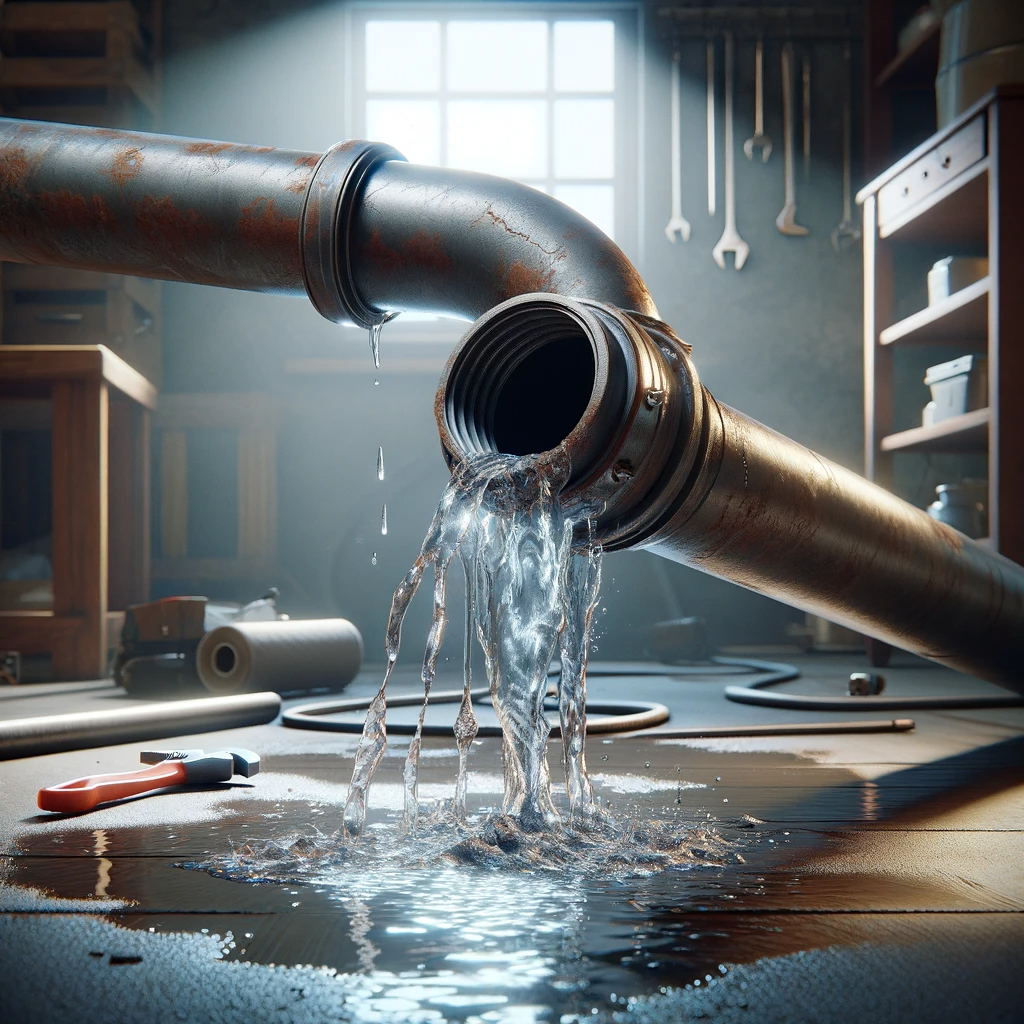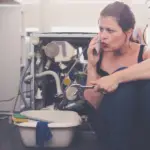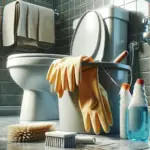In this article, we will discuss what to do when facing a broken or burst pipe, its causes, signs, and preventive measures you can take to prevent it from happening.
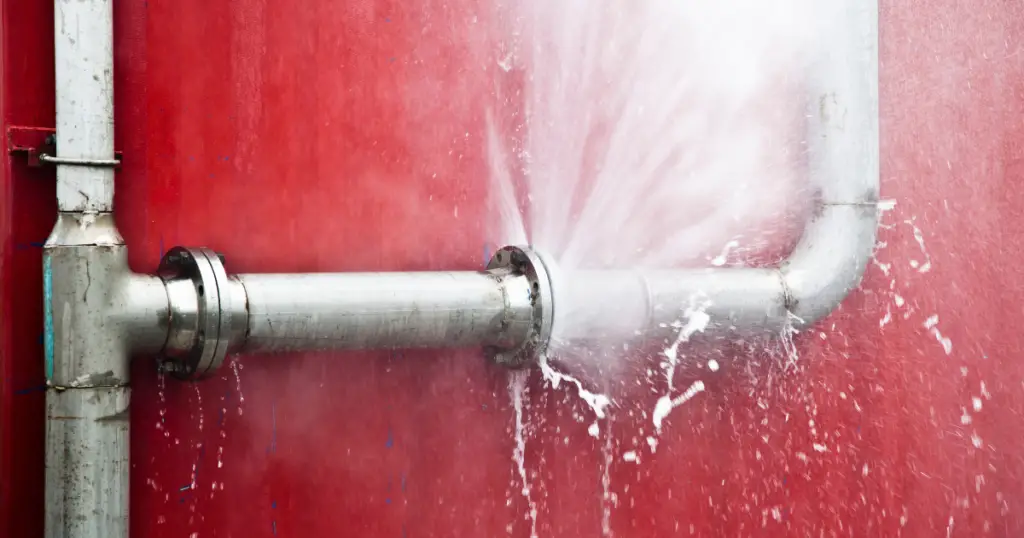
What should you do when a pipe bursts or breaks?
A burst or broken pipe can cause immense damage to your property. Knowing what to do in such a situation can help you minimize the harm and save you unnecessary expenses. Here are some steps you should follow if you encounter burst water pipes:
Access the Situation
The first step is to locate the leak’s source and identify the extent of the damage. If the leak is extensive or you are not sure how to proceed, call a professional plumber immediately.
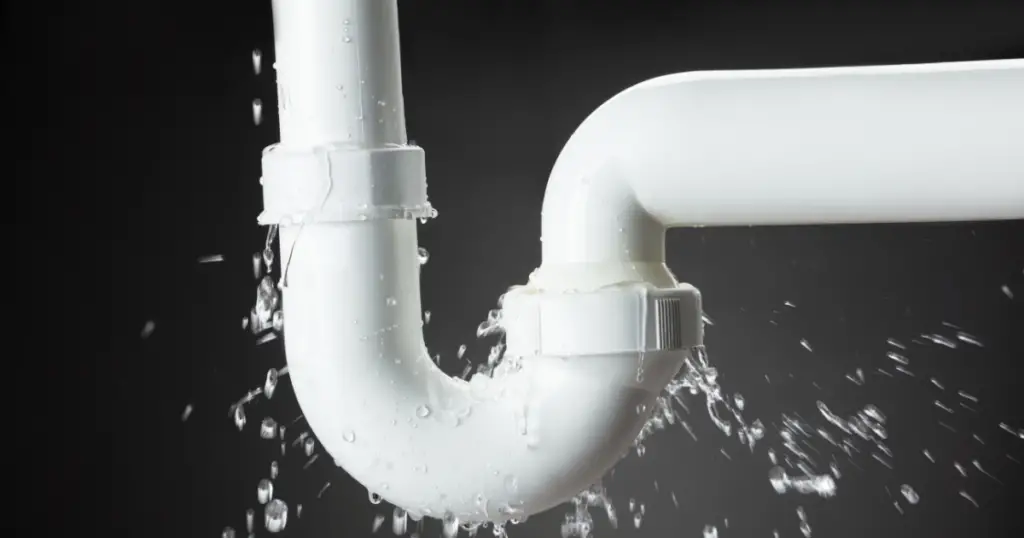
Shut off the Water Supply
Taking immediate action is critical to preventing more water damage from occurring. Start by turning off the main water supply. The shut-off valve can usually be located in your basement, crawl space, or close to your water heater inside of the house – if not there, check outside near the water meter as it’s rarely closed. You may need some force when closing it so make sure you have enough strength and grasp hold tightly.
Turn Off Power
In the event of a burst pipe, it is prudent to shut off the power supply to protect against electrocution or shock. To avoid any further danger, cut electricity to whichever room has been affected by flooding caused by the broken pipe.
If reaching your electrical breaker appears too hazardous, search for an external main switch or contact an electrician immediately – do not attempt to traverse through standing water as this will increase your risk of suffering from electrocution.
Release Water Pressure
To reduce the pressure on your pipes and minimize water damage, open all of your faucets to drain residual water out. Flush toilets multiple times with both cold then hot water to clear out any lingering liquid, be sure that the boiler or other heating components are shut off before doing this.
By draining excess moisture, you’ll help ensure dryness in your system’s pipes and avoid further leakage.
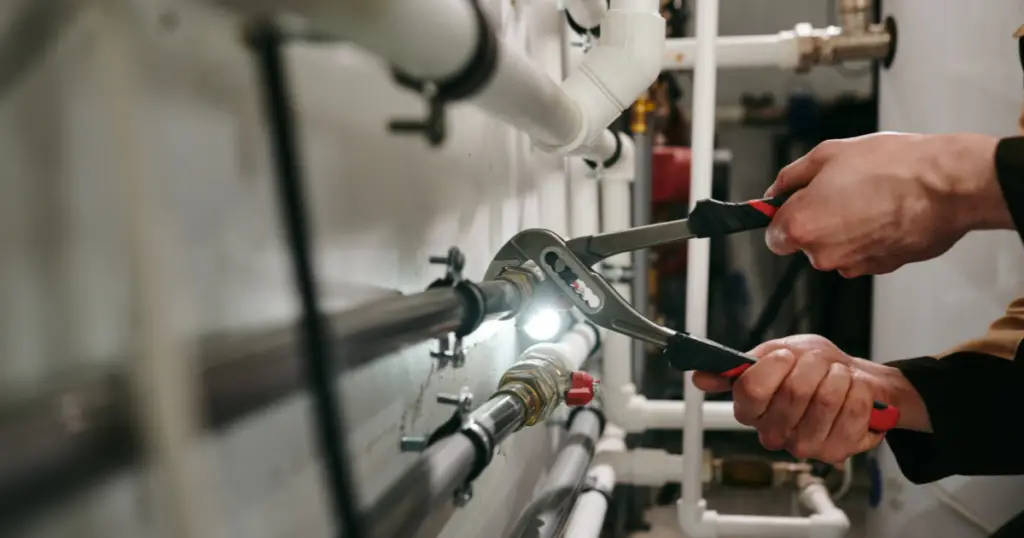
Call Your Insurance Company and Document the Damage
Be sure to reach out to your insurance company as soon as possible and take pictures or videos of any areas that may be damaged. Most insurance companies are willing to insure against the damage caused by burst pipes.
Call a Professional
After you have completed the necessary steps, contact a professional plumber to address any broken parts quickly and minimize further damage. The plumbing expert will diagnose the issue at hand, discuss potential solutions, and remedy your problem right away.
Keep doors open
To reduce the presence of mold, ensure that your windows and doors are kept open to promote good air circulation. For warmer temperatures, leave more entry points open for air to flow freely throughout all rooms – especially those with exposed pipes.
Heat the Pipes
During frigid temperatures, a space heater can assist in melting the ice within frozen pipes, consequently reducing your chances of them bursting. Though powerful and beneficial for thawing out these water lines, never leave it alone while running.
To slowly warm up any frosted conduits without doing more harm than good, you should steadily raise the temperature throughout your household. Suppose that still isn’t enough heat to defrost them totally, use warm air from a hair dryer as an alternate safety measure. In that case, this will carefully provide just enough warmth over time to safely free any stuck liquid within the passageways.
Remove the Standing Water
Once the water supply is shut off and repairs are made, use buckets or mops to remove the standing water from your home. You can also use a wet/dry vacuum cleaner for this purpose. Clean up all affected areas and surfaces with disinfectant solutions or products.
Repair Sleeve
Depending on the extent of the damage, you may be able to patch the problem using a repair sleeve temporarily. A repair sleeve is a flexible, waterproof product that you can wrap around the affected area for a quick-fix solution. You may have to loosen nearby pipe hangers. Center the sleeve over the pipe ends so that about 1/2 in. of each pipe is inside the sleeve.
It is essential to remember that this is only a temporary solution, and you will need to call a professional plumber to make permanent repairs.
Repair the Broken Pipe
If the pipe is older or has multiple leaks, it may be more efficient to replace the affected section entirely. A wire fitting brush, pipe cutter, pipe wrenches, and new fittings are necessary for this job.
When it comes to addressing pipe damage, the best approach is to call a professional plumber. Trying to repair the problem yourself can create additional issues and should be avoided.
Check for Mold Growth
Once you have addressed the cause of the burst or broken pipe, check for any mold growth in the area. Mold thrives in wet environments and, if left unaddressed, can cause significant health issues. If you notice any signs of mold growth, call a professional immediately.
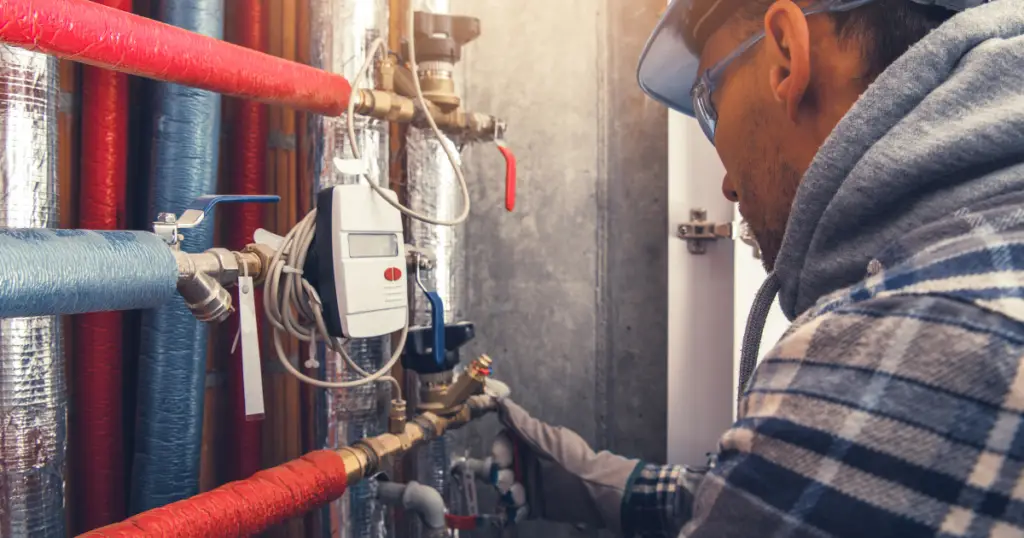
Causes of a Broken or Burst Pipe
A burst or broken pipe is not only a headache, but it also poses a threat to your home and its residents. Accurate identification of the cause of broken or burst pipes is the first step in preventing it from happening again.
Knowing the causes can also help you take preventive measures to avoid a plumbing emergency. Here are some of the most common causes of a burst or broken pipe.
- Freezing Temperatures: When pipes burst, one of the most common causes is exposure to freezing temperatures. Water expands as it freezes, and if it remains in the pipe, the pressure can cause it to burst. Insulating your pipes, especially those in unheated areas, is essential in winter.
- Corrosion: Over time, pipes can corrode due to several factors such as chemical reactions, acidity or alkalinity in the water, or age. Corroded pipes become weak, and rust particles can build up and cause blockages.
- Shifting soil: The shifting of the soil surrounding a pipe can cause it to break due to excessive pressure.
- Age: As with everything, pipes also have a lifespan. Pipes that are old and worn out can become brittle and break under the smallest pressure.
- High Water Pressure: Excess water pressure can cause undue stress on the pipes, leading to leaks or even burst pipes. Regularly monitoring your water pressure can help identify the problem before it becomes a disaster.
- Tree Roots: The roots of trees can grow into your water supply pipes, causing blockages and even ruptures. Regularly inspecting the areas around your pipes and cutting any overgrown roots can help prevent damage.
- Physical Damage: Physical damage to pipes can occur due to several reasons such as drilling, digging, or excavations. Even high-traffic areas can cause wear and tear on pipes.
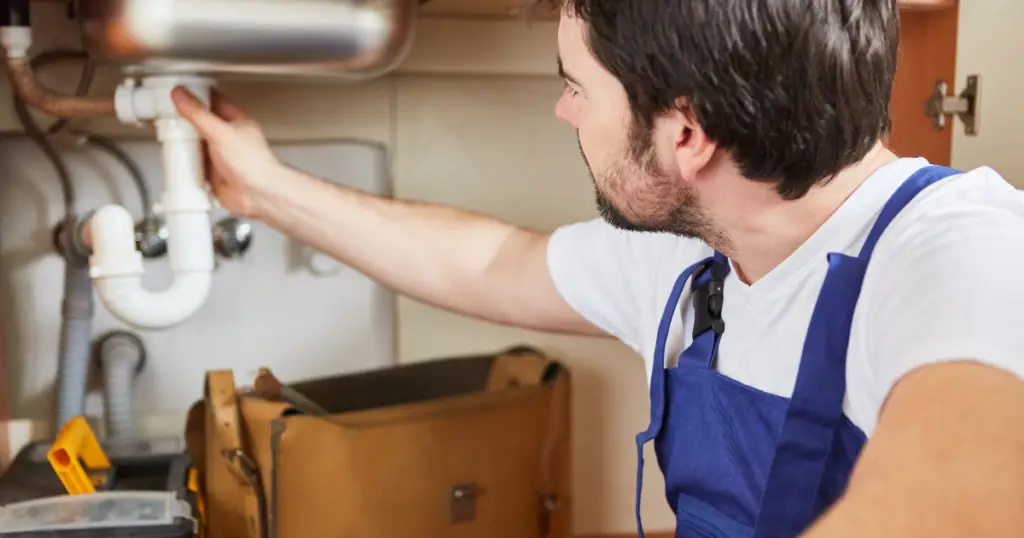
What are the signs of a Burst Pipe?
Homeowners might not always be aware of a burst pipe right away, as it may often present itself in more subtle forms than large puddles of water.
If you think something is off with your plumbing system but don’t know exactly what to look out for, here are several indicators that could prove useful:
- Reduced Water Pressure: A sudden drop in water pressure could be a sign of a leak or a burst pipe in your water supply system. If you can’t identify the source of the problem, it’s best to seek the help of a plumber.
- Water Discoloration: If the water coming out of your faucet looks rust-colored or brownish, it could be a result of sediment or rust that has been disturbed by an underlying leak or burst pipe.
- Strange Noises: Whistling, gurgling, or hissing sounds heard near faucets or appliances could indicate water escaping from the pipes. These noises generally occur when a significant amount of water is escaping from the pipe.
- Water Stains and Moisture: Water stains or damp areas on the walls, floors, or ceilings could be a sign of an underlying leak or burst pipe. Discoloration, peeling paint, or bubbling wallpaper could occur if the moisture level of your property is high.
- Unpleasant Odors: A musty, damp smell could indicate water leakage or burst pipes, as stagnant water can lead to mold growth and a foul odor.
- Increased Water Bills: An unexplained increase in your water bill is another sign that you might have a hidden water leak or a burst pipe.
Having the right knowledge and expertise to identify the cause of a broken or burst pipe is essential in preventing more problems in the future. A damaged pipe can quickly become a serious situation, so it’s best to have a licensed plumber inspect and repair any issues soon.
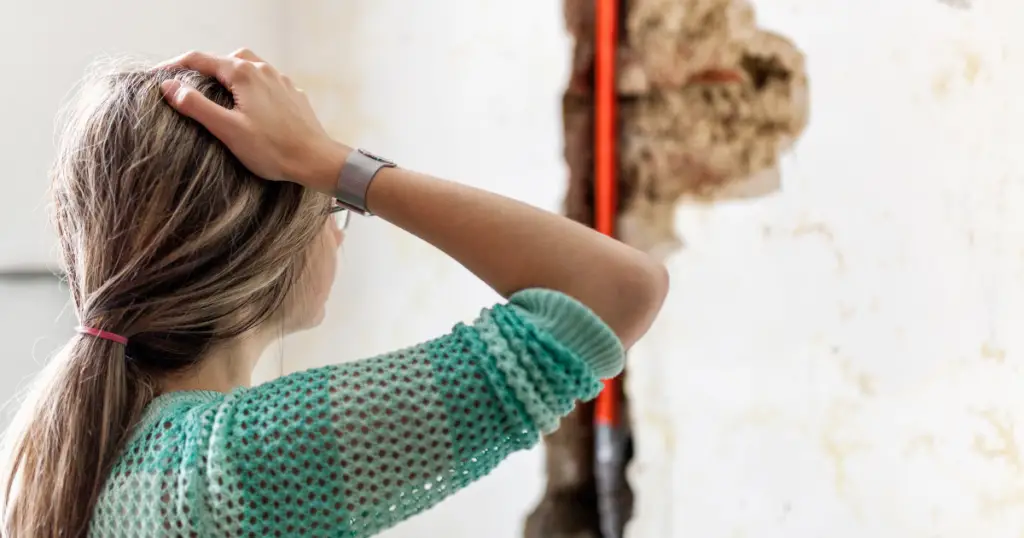
How do you prevent a burst pipe from happening again?
While a burst or broken pipe can cause a lot of damage, it is an avoidable plumbing emergency. Taking preventive measures can help you save from the headache and cost of repairing a burst pipe. Here are some ways you can prevent a burst pipe from happening again.
- Insulate Your Pipes: In winter, pipes in unheated areas such as the attic, crawl spaces, garage, or basement can freeze and burst. Insulating your pipes with foam sleeves can prevent them from freezing and reduce the risk of a burst.
- Monitor Water Pressure: High water pressure can cause undue stress on the pipes, leading to leaks or even burst pipes. Use a water pressure gauge to check your water pressure regularly and adjust it accordingly. The recommended pressure is between 40-60 PSI.
- Regular Maintenance: Regular inspections by a plumbing professional can help identify potential problems before they become plumbing emergencies. They can check for leaks, corrosion, and other issues that can lead to a burst pipe.
- Seal Leaks Quickly: Small leaks can cause significant damage if ignored or not repaired quickly. Inspect your pipes regularly for any leaks or signs of damage such as rust or green stains. If you find any, seal them immediately using a pipe sealant or call a plumber.
- Disconnect Outdoor Hoses: Water remaining in garden hoses can freeze and cause blockages in the line leading to burst pipes. Disconnecting and draining your outdoor hoses and shutting off the water supply can prevent this from happening.
- Replace Old Copper Pipes: Old copper pipes can corrode over time, leading to weakening and eventual breakage. If your home has older copper piping, consider replacing them with newer materials such as PEX or PVC pipe for added durability.
- Get a Moisture Alarm or Flood Sensor: Moisture alarms are devices that detect moisture levels in your home and alert you to the presence of water where it shouldn’t be. You can install them near doorways, windows, and near plumbing fixtures such as sinks and toilets. Flood sensors are also available which will alert you if a pipe burst or water rises above a certain level. Investing in these devices can help prevent damage to your home.
- Professional Installation: Ensure that your pipes are installed correctly by a professional plumber. DIY installation or the use of unlicensed plumbers can lead to improper installation and, eventually, burst pipes.
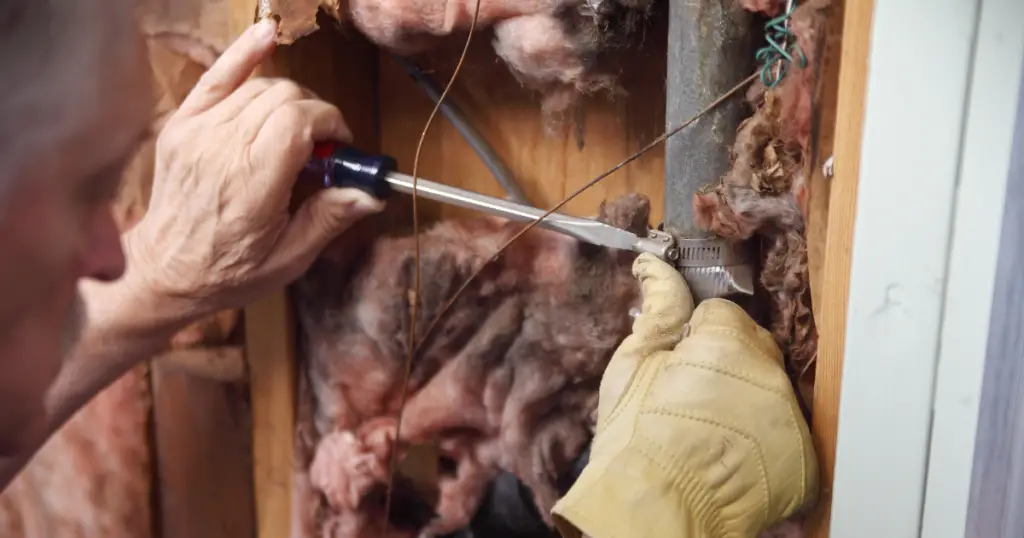
Professional Help
When dealing with a pipe burst or damage, seeking professional help is essential. While some issues can be temporarily fixed using DIY solutions, a professional can identify the root cause and provide a long-term solution.
A professional plumber can assess the extent of the damage and provide an accurate diagnosis, reducing the risk of the issue recurring in the future. Professional restoration companies can help assess the problem, remove standing water or damp areas, and prevent the growth of mold. If you experience a burst pipe, contacting a professional as soon as possible is important to prevent major damage to your property.

